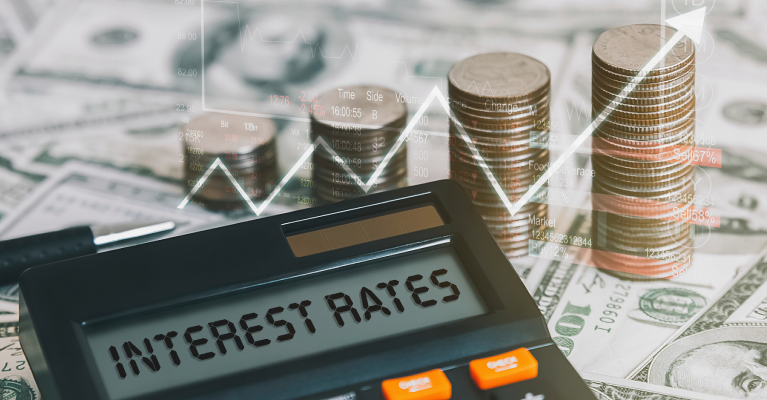The cost associated with a college education has continued to grow exponentially in recent decades, leaving millions of borrowers with hefty loans to repay alongside meeting their other financial obligations.
The Federal Government recently announced student loan relief that is estimated to impact up to 43 million borrowers. Here are tips for managing your student loans and repayment options.
What to Know About the Student Debt Relief Plan
In August 2022, the Federal Government announced a plan that will, among other things, provide up to $10,000 in student loan relief to qualified borrowers, and up to $20,000 in relief for eligible borrowers who received Federal Pell Grants. Among the eligibility criteria, borrowers’ individual income must be less than $125,000 or $250,000 for married couples.
In addition to the one-time debt relief, the plan includes proposed changes to income-driven repayment for current and future borrowers that would cut the amount undergraduate borrowers have to pay each month from 10% to 5% of their discretionary income. These changes would raise the amount that is considered non-discretionary income, expedite the timeline for eligible borrowers on income-driven repayment to have their loans forgiven, and cover borrowers’ unpaid monthly interest so their balance does not continue to grow if they meet the criteria and continue making payments.
The plan also proposes changes to the Public Service Loan Forgiveness (PSLF) program that would make it easier for borrowers that have served in the military, worked for a nonprofit, Federal, State, Tribal or Local government to have their loans forgiven.
This relief plan has the potential to positively impact millions of borrowers struggling to achieve their other financial goals while balancing their loan repayments.
What Do I Need to Do Next?
The Department of Education has the income data it needs for many borrowers, but if they do not already have your information you will need to fill out an application that is expected to launch in October 2022. If you’re unsure if the Department of Education already has your information, you can sign up to be notified when the application launches to ensure your information is provided.
If you are eligible for the Public Service Loan Forgiveness (PSLF) program, some temporary changes that have been made to the program are set to end on October 31, 2022, so you will want to sign up as soon as possible to receive the maximum benefits under the program.
For borrowers who may not be eligible for loan forgiveness or who will still have a balance remaining after forgiveness, the student loan repayment pause initially launched in response to the pandemic is now set to expire on December 31, 2022. With inflation high and interest rates rising, now is a good time to prepare your budget for resumption of payments in the New Year.
If You Still Have Loans
With required loan payments set to resume in a few months, it is important to act now by evaluating your monthly budget and what you will be expected to pay starting in January.
If your budget is already stretched thin, look into the proposed updates to income-driven repayments to see if you qualify and can reduce your monthly costs as a result. Taking a close look at your recent expenses can also help you find potential costs savings on other items that you may be able to cut from your budget in order to make room for the loan payments.
If you find yourself with extra cash to spare, paying more than the required monthly payment can be a good way to make a dent in the loans’ principle, especially over the next few months while the interest is still frozen. Consider increasing your payments, within reason, to help shorten the life of your loan and save money in the long run.
With much up in the air still about the Student Debt Relief Plan, it is also important to remain vigilant of scams that may look to take advantage of eager borrowers looking to have their debt reduced.
Remember to do your own due diligence before working with any lenders to ensure they’re reputable as identified by the Department of Education, never pay a fee for federal loan forgiveness which is free to apply for, be cautious of deals that sound too good to be true, avoid clicking links from unsolicited texts or emails offering loan assistance, be cautious of who you provide your personal information, and ensure you’re only utilizing trusted sources for researching information about your loans and forgiveness.
While the Student Debt Relief Plan is set to help millions of borrowers, there is a chance it will face legal challenges that could change or delay implementation of some of the plan. Continue to monitor the Department of Education website for the latest updates to ensure you receive the relief you qualify for, and get your budget ready now to account for coming changes.

Helping you boost your financial intelligence.
Read our financial resources from your friends at WSFS.




